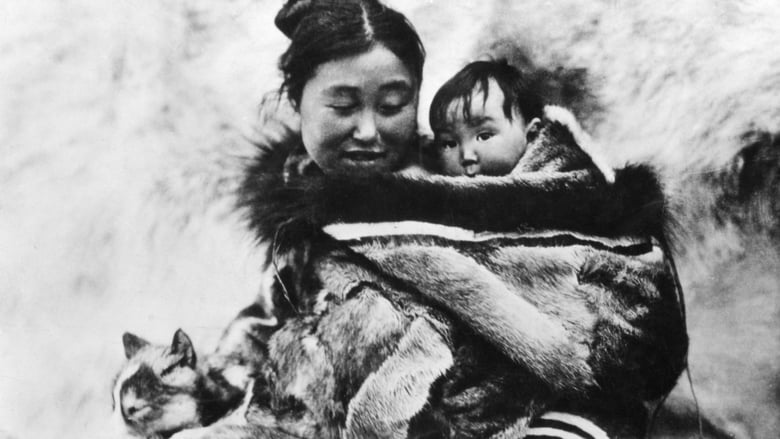This pioneering documentary film depicts the lives of the indigenous Inuit people of Canada's northern Quebec region. Although the production contains some fictional elements, it vividly shows how its resourceful subjects survive in such a harsh climate, revealing how they construct their igloo homes and find food by hunting and fishing. The film also captures the beautiful, if unforgiving, frozen landscape of the Great White North, far removed from conventional civilization.
Similar titles
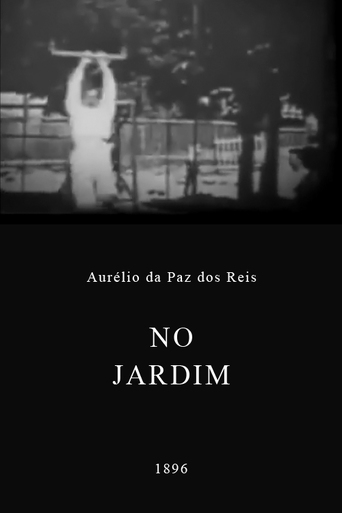

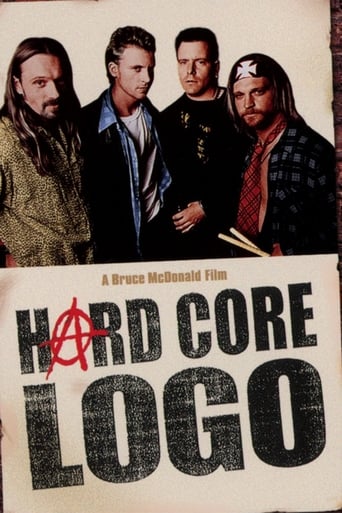
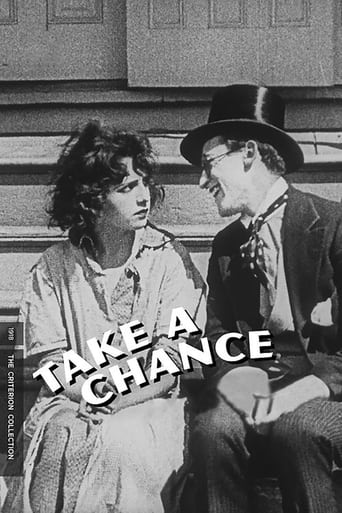
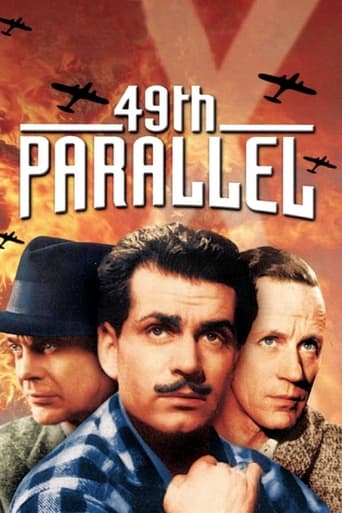
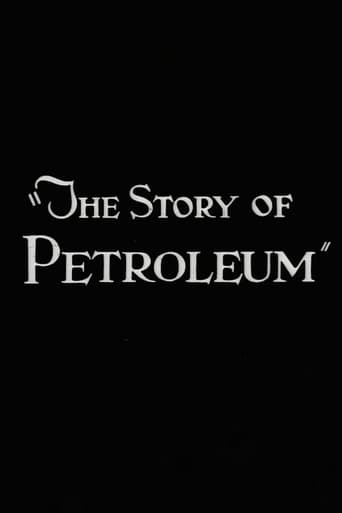

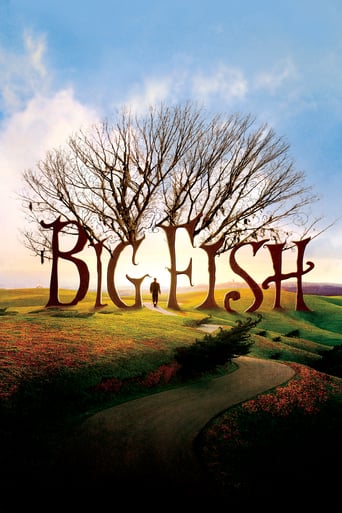
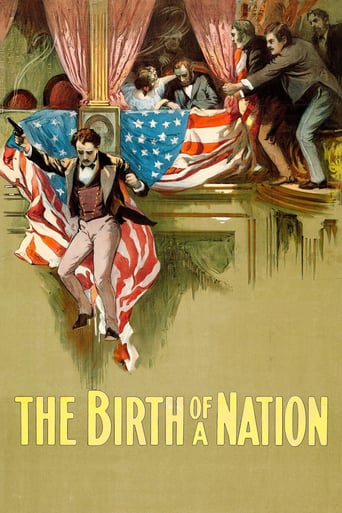
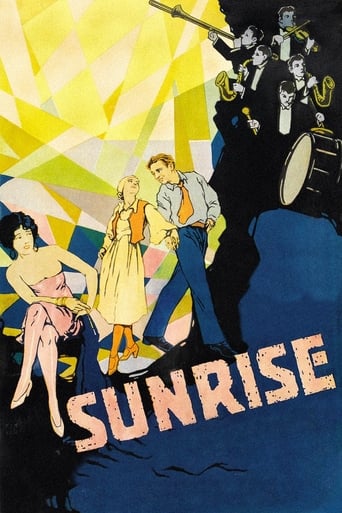
You May Also Like

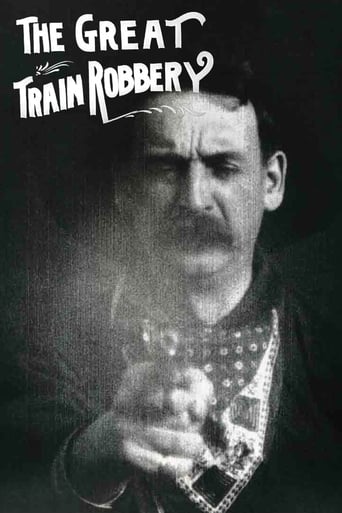

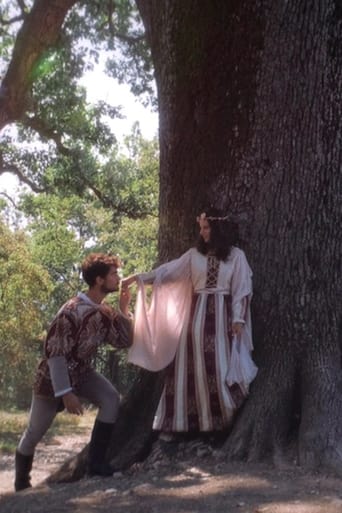



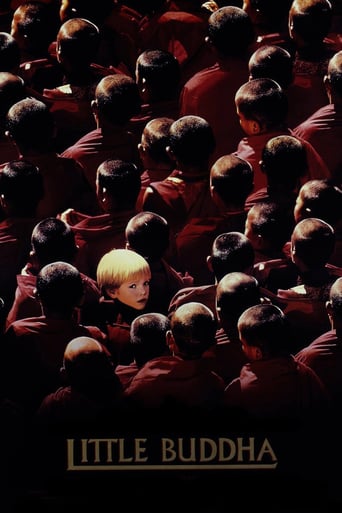
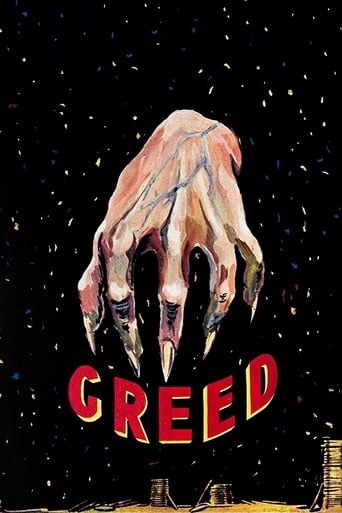

Reviews
hyped garbage
The best films of this genre always show a path and provide a takeaway for being a better person.
Excellent and certainly provocative... If nothing else, the film is a real conversation starter.
I didn’t really have many expectations going into the movie (good or bad), but I actually really enjoyed it. I really liked the characters and the banter between them.
As I began to watch this SILENT film, I had the impression of watching a black-and-white home movie--with title cards. However, my first impression was soon dispelled as I became riveted by the documentary—the first documentary ever made for screening in public theaters.This fact, alone, makes Robert J. Flaherty a filmmaking pioneer. But, Flaherty--as revealed by his wife in a short interview, on the same Criterion DVD--was an explorer first and only became a filmmaker long after. While working along the East Coast of Hudson Bay in 1910 for the English explorer, Sir William MacKenzie, Flaherty fell in love with the Eskimos that lived on the barren lands of the unexplored southern coast of Baffin Land. Flaherty wanted to film them to show the world a bit of their lifestyle and culture. His first attempt was a failure in that the film could not be developed on the spot, and when it was taken back to Toronto for development, much was lost and most of what was not lost was burned in a fire. His second attempt resulted in this film, Nanook of the North (1922), developed on the spot and done with better equipment.Flaherty let the Eskimos become involved with the film so this was no 'hidden camera deal.' In fact, some scenes—like the building of the Igloo and the seal hunt--were staged. But then, don't most people know that they are being filmed when documentaries are made of them? One soon falls in love with Nanook, his wife and children, and his extended family as they work, play, hunt, and eat. Unlike civilized society--where almost everything is done for you--these Eskimos, at that time, spent a great deal of their time and activities for survival. Roles were both defined and integrated into their society: good parenting seems totally enjoyable but has its long-range goal too. Children wanted to imitate their parents, and the parents encouraged it. Their dogs were their pets, but they were also totally necessary for their for survival too. Almost all of the Eskimos' food, goods, clothes, homes furnishings, fun, and hunting supplies came out of what they were able to make, find, or hunt in their desolate environment. But, even there, they did trade at the white man's trading post. Flaherty's film went on to become world-famous and probably gave us much of the information--such as building igloos, kissing by rubbing noses, etc--that we have adopted about the Eskimos of that time. Why? Because unlike popular articles written in magazines like 'The National Geographic,' the film brought the people and culture to life for us to see it in action. I also appreciated Flaherty's film making per se. His photography and framing are very good for the time, with both effective long shots and close ups. It is hard to imagine such good work under such limited lighting and environmental conditions. My only criticism of the film is length of the title cards. Since I am a slow reader, I was often forced to set the DVD player on the pause button in order to read the description of each upcoming scene. Nankook of the North is No. 41 on The Top 100 Silent Era Films.
Explorer Robert J. Flaherty spent the majority of 1914 and 1915 along the Hudson Bay, doing research and exploring for a Canadian railway company. Being a keen photographer and potential film-maker, he took a camera along with him. He shot 30,000 feet of film, of the native Eskimo tribes and their alien, hunter-gatherer lifestyle. The test footage was met with universal excitement, only Flaherty dropped a cigarette on the highly-flammable nitrate film-stock whilst editing, and lost it all. He would return, only this time with the sole intent on making a narrative- driven documentary, about one specific family of Eskimos, and their highly-charismatic leader Nanook, a legendary hunter.Though it is now widely heralded as a masterpiece, and the film that gave birth to the documentary genre, the film is often criticised for its obviously staged dramatic scenes, and truth-manipulation in the search for a coherent narrative and to inject the film with an air of excitement and wonder. Personally, I have no problem with this approach, after all, one of my favourite directors Werner Herzog frequently does this in his documentary films to create a sort of artistic truth, opposed to the point-the-camera approach of cinema verite. In the modern age, we are treated to high-definition, sweeping footage of some of the most exotic and hostile corners of the planet, so it's a marvel to see where it all started, and Flaherty, faced with early, clunky film equipment and relatively little experience of film-making, created a magical documentary for an audience that, back then, knew little about the world outside their own country.Amongst the many set-pieces we are treated to, the greatest (and much- celebrated) is the building of the igloo. We watch Nanook build it with skilled precision, slab by slab, and even incorporate a window feature, in order to give the igloo some warmth, and a chunk of ice by the side of it to divert the sun's rays. With many Eskimos now adopting Western aspects into their livelihood, the film is definitely a window into the past (the Eskimos had in fact already done this, and even wore Western clothes, but Flaherty persuaded them to revert back in order to give the film more of a sense of wonder). For a film-maker who had only taken a three-week course in cinematography prior to Nanook, the film is rich with beautiful imagery. The scene that watches the family trudge into the distance as the mist blows over the snowy surface like fleeing ghosts, gives the film a gorgeous, eerie quality. If you can forgive the film's manipulations, then this is still one of the greatest documentaries features ever produced, and Nanook (real name Allakariallak) proves to be a charming protagonist.www.the-wrath-of-blog.blogspot.com
"Nanook of the North" (1922) directed by Robert Flaherty, as adventurous story about the construction of an igloo on the North Pole, between magnetic and geographic points, it is still a symbol of human life concerning glacial winds and strengths to cope with such an unfortunate chance and its environment, in this specific instinct of surviving way of life. Before industrialization and the technology advantage from there, that came into this almost lost ground, getting it as a place for living, like inside a hole of ice. Like a fish out of water but protected by a ceiling, in its natural outfit made with tools from nearby, as adapted to the ground of such an adversity, smiling from local human beings in a clear way of loving a foreigner : it is well known the picture of the scene when the strong fisherman, clothed with local animals skins like a displaced Indian or Inuit people seemingly, eating the disc record of the gramophone, still in a silent movie at the brink to learn talking a new language of evidence and by this way surviving from his primitive mind of simplicity. What is important underlining in this story also, it is the manner and the way how building a roof against extreme weather and making a fire for any meals to the Esquimo family or the like : for surviving in severe conditions and without any help from outside, in the surrounding neighbors much more far away ; making also clothes for their own consumption in the clan - maybe with the skin of white bears or black seals, previously hunted with such a parsimony from an adapted inhabitant - as their campaigners did with the ice itself. So that, like boxes done at cutting measure with round shapes, like holding it as a tool from the apparently inhospitality of the glacial ground, as at the time once about the supposedly myth of reversing commodities for a new experiment of comfort. But nearby primitive peoples not so savage - as the common sense, elsewhere outside wrongly -, before perhaps was thinking about ; and all that, at the time while Flaherty put the known Nanook abroad, for the universal mind of happy few, that now are much more than from then. Nowadays, this great movie is either a subject for the study and object of knowledge, whose such an impact caught us also enough a bit as entertainment, that too it should be searching by the present viewer, curious of the strength of some of the inner aspects, from the cinema itself as a possible and necessary kind of conservationist meditation for the present, aside of its torments and permanent turmoil as educational task. It was said that the first rushes were accidentally burned and it was for a second time returning again for shooting Nanook, fishing again with the glacial wind near the ice hole with a hook, that Flaherty has finally - after an enormous effort against adverse circumstances - obtained the definitive metric duration for his movie, financed partly by the Hudson Company at the time. All this means that it was not easy documenting the first trail, by a second returning to the places already filmed before and by random in the recent old past.
Directed by Robert J. Flaherty, this moving feature about the hardships faced by an Inuit family is one of the seminal films of the silent era and brought about his reputation as "the father of the documentary". Although only having spent a few weeks out in the icy wilderness, Flaherty presents us with a series of beautiful vignettes that capture the absolute essence of the daily struggles for survival that Nanook and his people face. The audiences follows them on their long treks in the constant search for food; picking their way over floes and towers of ice in order to catch a fish or hunt seal and walrus. Yet amongst the hardships and privations, Flaherty also allows glimpses of the tenderness and love within the family. The joy of a meal, the warmth of a shelter, the fascinating communal construction of an igloo. The humanity of the Inuits is rendered with heartwarming affection. However, often setting his subjects against the bleak yet stunning vistas of unending snow, Flaherty leaves the audience in no doubt that the environment is as much the star. Some critics argue that Nanook is not a true documentary as Flaherty staged some scenes and directed his subjects. However, these critics are wildly missing the point. Nanook Of the North is as much about the barren landscape that Nanook and his clan wander. At its centre, this film is the age old tale of the battle between man and nature. This is none more evident of the films wonderful final scenes. Caught in a blizzard, the family are forced to find refuge in an abandoned igloo. A happy respite together from the wild storm outside. This scene has been given extra poignancy with the tragic knowledge that Nanook and his family perished in such a blizzard a few months after the film was released. It's a sad footnote to a tremendous film. A masterpiece of film making that inspires and enthrals and, most importantly, celebrates nature, life and humanity.
Top Streaming Movies











